The part of Killingan wood that was coppiced less than 18 months ago is already rapidly scrubbing over with brambles. There is less and less bare earth and moss left and smaller plants are rapidly being suppressed. This is not quite what coppice is supposed to do: if violet-feeding fritillary caterpillars were to flourish, for example, the ground would have to remain open for far longer.
It is interesting to speculate whether this used to happen in the past or in different types of coppice rotation. In terms of forestry it seems to me that the brambles are quite important as they give some protection to the new shoots rising from the tree stools.
The flora continues to provide interest and I some of the most striking are shown below:
Bittersweet or woody nightshade (Solanum dulcamara)
Wild foxgloves (Digitalis purpurea) among the brambles.
And some cultivar foxgloves at the woodland edge that must have escaped from a garden.
Marsh thistle (Cirsium palustre), what the gardeners call an 'architectural plant'.
Heath speedwell (Veronica officinalis), a low-growing plant of poor, dry soils.
And ox-eye daisy or marguerite (Leucanthemum vulgare), a plant of meadows and waysides, but quite happy here at the woodland edge.
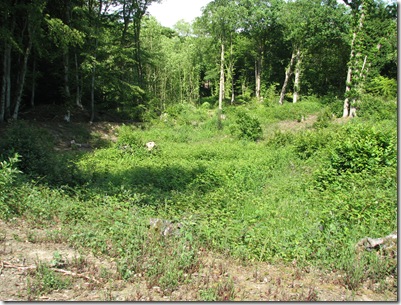

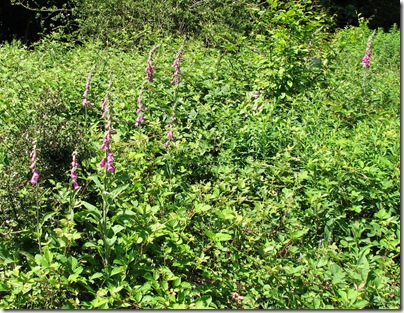
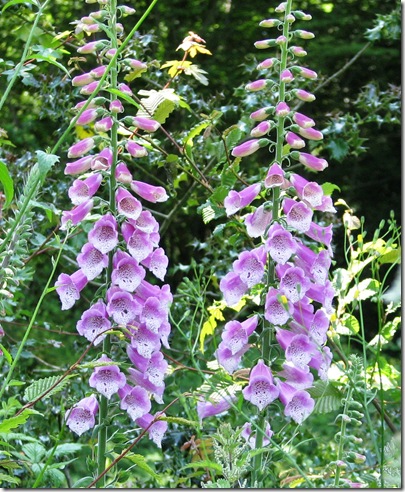
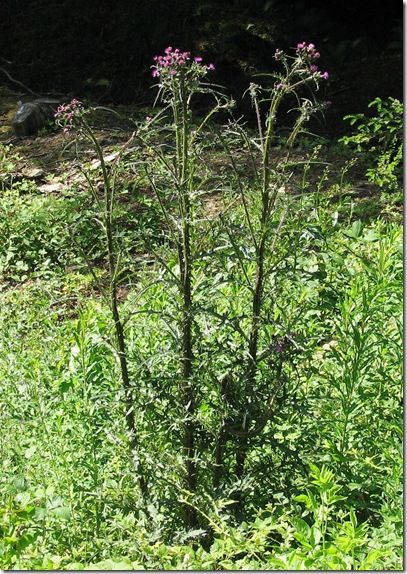

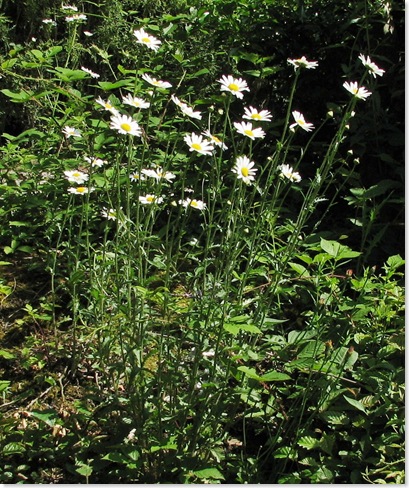
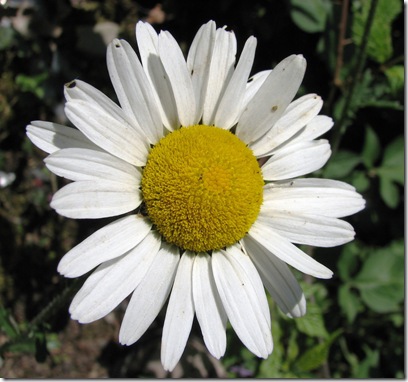
No comments:
Post a Comment